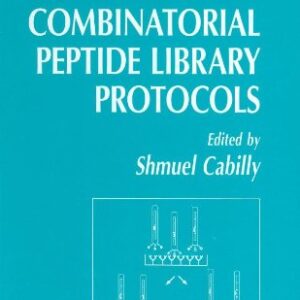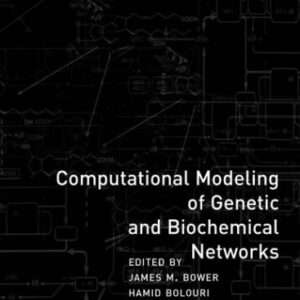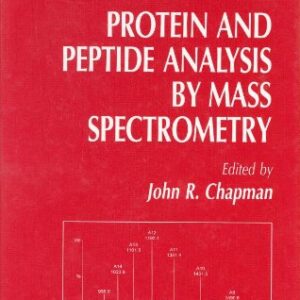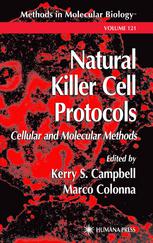Hypertension is recognized to be one of the major risk factors for the development of peripheral vascular disease. The last decade has witnessed several major advances in therapy for hypertension, including the development of angiotensin-converting enzyme inhibitors and calcium channel blockers. These compounds have greatly improved the ability to control blood pressure and to reduce the impact of this risk factor on morbidity and mortality. In spite of these advances, cardiovascular disease remains a major health problem in most modern industrialized countries with related deaths exceeding those from all other causes combined. In contrast to these advances in therapy, our understanding of the basic mechanisms responsible for the pathogenesis of hypertension remains incomplete. Recent studies have produced new insights into the nature of the regulation of muscle contraction in both heart and blood vessels as well as the changes in muscle function that occur in hypertension. However, the effects of antihypertensive therapy, both in terms of restoring normal function and in producing reversal of hypertension-associated changes, has not been as thoroughly studied, especially in the vasculature. Studies in the heart suggest that the efficacy of different therapeutic agents in restoring normal function and reversing hypertensive changes vary substantially with the mechanism of action of the therapeutic agent. It has also been recently determined that some therapeutic agents produce adverse effects on plasma lipid profiles, which could lead to the secondary acceleration of the atherosclerotic process, while at the same time normalizing blood pressure.
Biology
[PDF] Cellular and Molecular Mechanisms in Hypertension Nancy J. Rusch, William J. Stekiel (auth.), Robert H. Cox (eds.)
$19.99

![[PDF] Cellular and Molecular Mechanisms in Hypertension Nancy J. Rusch, William J. Stekiel (auth.), Robert H. Cox (eds.)](https://pdfelite.com/wp-content/uploads/2024/04/ebede8658ca686bbcf273a0340f0dedb-d.jpg)




Reviews
There are no reviews yet.